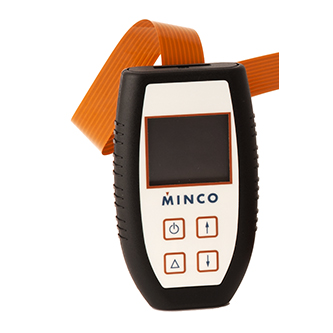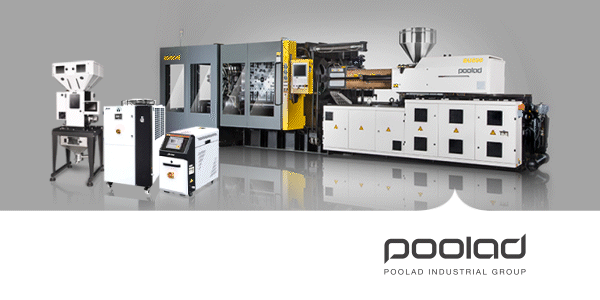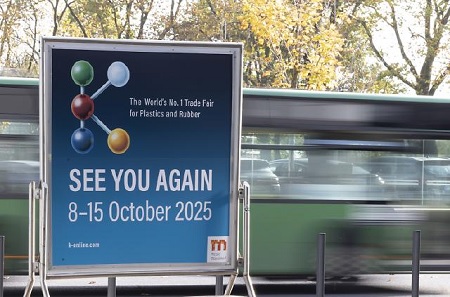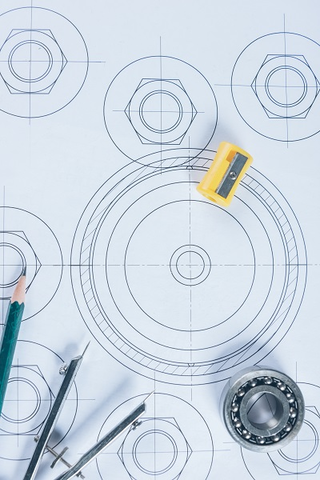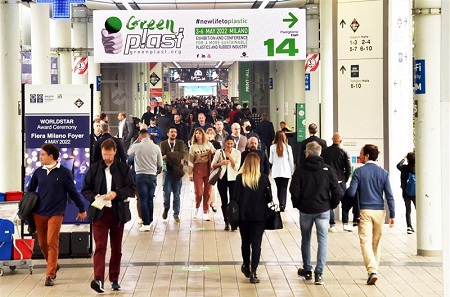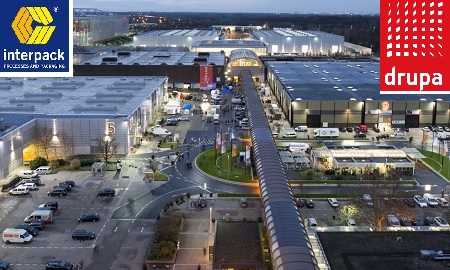Injection molding companies have always been keenly aware of the waste plastic in their business, such as non-conforming parts and runners. They know the value of plastic materials, and often regrind the runners and non-conforming parts for re-use in parts, if a certain percentage of regrind is allowed. That is good for both the molder and the customers. Material that can’t be reground and put back into parts, in cases where only virgin material is specified, for example, is sold to a reprocessor for repelletizing and is sold as regrind. But there are many types of waste in a plastics processing plant. What about that?
The Zero Net Waste program started by SPI: The Plastics Industry Trade Association (Washington, DC) earlier this year has just announced its first Zero Net Waste recognized company: The Minco Group, a company headquartered in Dayton, OH, comprising Minco Tool & Mold Inc. and All Service Plastic Molding (ASPM), a provider of thermoplastic solutions.
Under the leadership of SPI’s Senior Director of Recycling and Diversion, Kim Holmes, the Zero Net Waste program was created to encourage the plastics industry to focus on sustainability. It recognizes companies that have taken steps to eliminate waste in plastics manufacturing through every step of the life cycle. The self-reporting initiative requires companies to meet qualification and verification requirements that demonstrate their goals in pursuit of zero waste. Companies are asked to submit information annually for ongoing verification, which allows them to use the Zero Net Waste program logo.
Dan Norris, Vice President of the Minco Group, the company’s custom molding operation, said that the Zero Net Waste project at ASPM began with the manufacturing production people. “This was truly an effort and a vision of the people in production, who began asking what we were doing with all this waste and learning about the Zero Net Waste initiative,” Norris told PlasticsToday. “It was really a bottom-up initiative rather than a top-down plan.”
Norris said that ASPM’s project actually began with a “dumpster dive” to see the various types of materials that were going to the landfill. “About 15 to 20 employees participated in the dumpster dive and did an analysis of one week’s worth of waste to see what we were throwing away and separating the waste into 26 different categories,” said Norris. “It became a way to see what better use we have for what we were throwing away. As a result, we have diverted 88% of total manufacturing waste from the landfill.”

